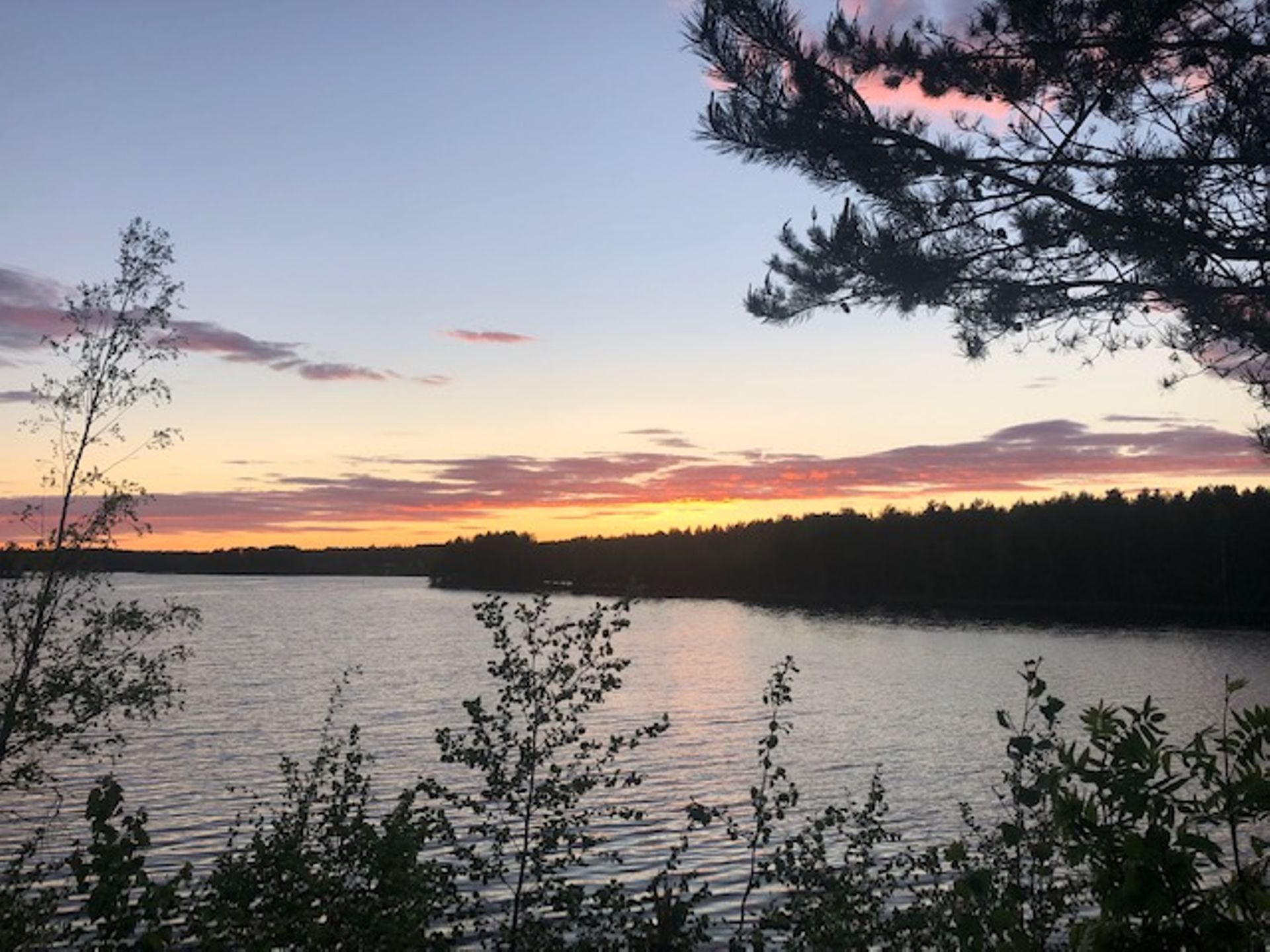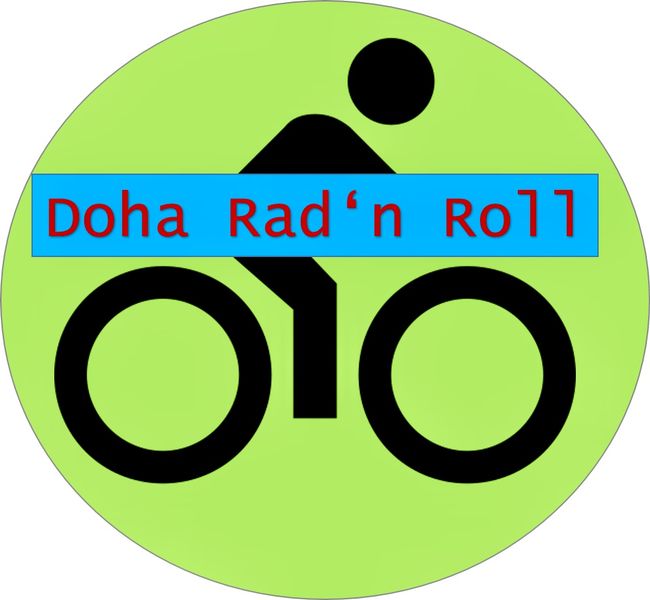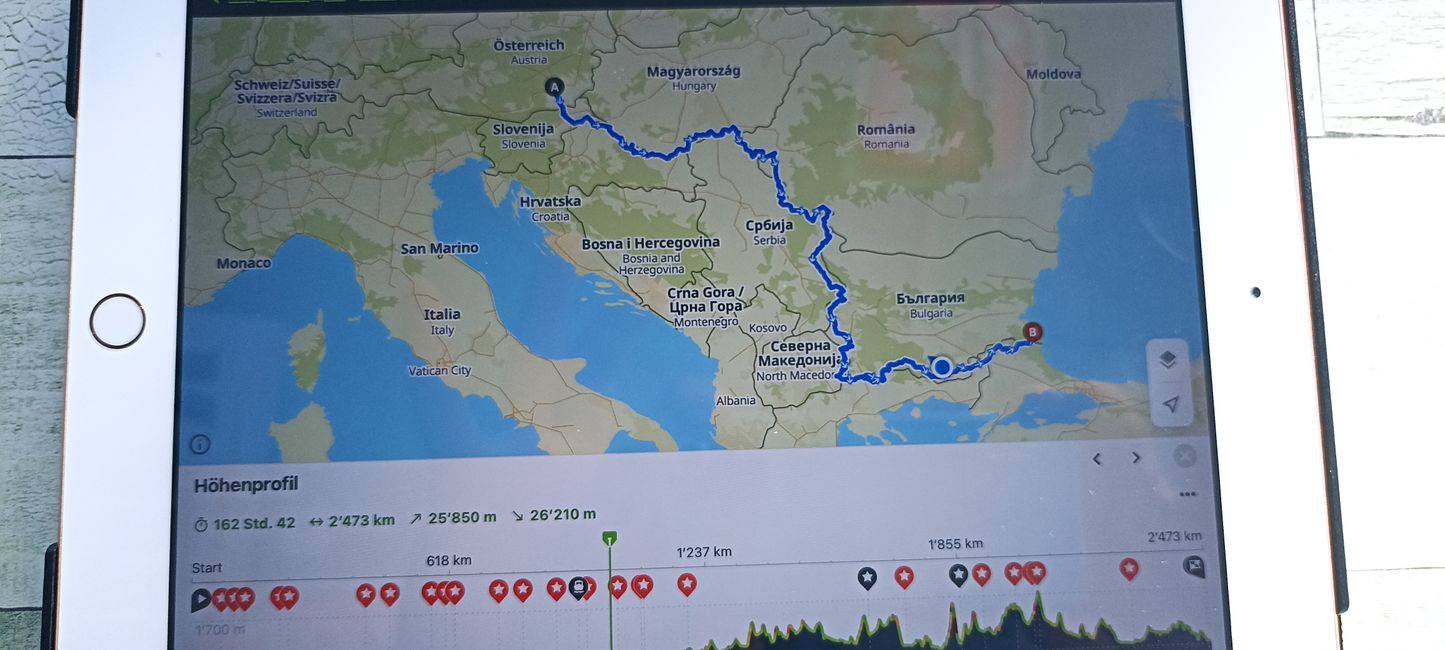Lothar
Ich glaube, dem kann ich als Komoot- Novize zustimmen. Ich habe den Weg gewählt , dem Sitz des Headquarters von Komoot - kann eigentlich gar nicht anders sein - Komotini , mit 2 Übernachtungen im „ „Olympos“ bzw. „ Anatolia“, zu würdigen.
Zumindest das Bier ( Marke Mythos oder Vergine !!) in dieser so strategisch wichtigen Stadt , kann mit dem allgäuerischen locker mithalten🍺🤙
Ein HOCH auf DER Komoot !Komoot and me
प्रकाशित: 18.06.2023
समाचार पत्रिका के लिए सदस्यता लें
Is there a better place than Komotini, probably the Eastern European headquarters of the navigation app, to explore the special relationship between komoot and me. Initially, the glossary should have been called 'komoot and us,' but Dominique said that the special relationship only exists between the app and me. She refers to me as 'komoot-believer' because I trust in good planning so strongly. It is interesting that we refer to komoot in the male form, probably because of our socialization, we are more likely to choose the male form. So at some intersections it says: 'But he wants to go left.'
Last year, during the second section of the Iron Curtain Trail, my Teasi-Navi was stolen from me at a campsite. Until then, we considered it indispensable. At first, we were shocked and could hardly imagine how we would manage the rest of the way. I had already looked into komoot a bit before, but couldn't use it properly. Now, the next evening in our accommodation, I joined the 20 million users and soon succeeded in buying the European package at a special price, which allowed us to use planned routes offline. For us, this was a quantum leap in navigation and the possibility to carry out our further stages as planned. And from Flossenbürg to Slovenia, there were still many. Two days later, despite or maybe because of komoot, we got lost at the Czech border, walked in different directions, and had to push or even carry the bikes through the forest, which meant that we first carried the bikes and then the luggage or vice versa. Eventually, we found a small road and, with komoot, the still long way to Franconia.
Ultimately, I have to be grateful to the stranger at the campsite in Flossenbürg, as he introduced me to the world of komoot and Garmin. With komoot, I was able to plan the last section of the Iron Curtain Trail at home, adapt it to our needs, so that we knew exactly about distances and altitude meters. And I was spared the transport of the tent since it was evident that we hardly pass any campsites. How grateful I was to komoot during the very difficult climbs at Laskovo and Agkistron.
Overall, Dominique and I handle komoot in a friendlier and more understanding way, as if one of us insists on a certain direction and route. Thanks to komoot, these discussions have significantly decreased and make our journey more enjoyable and relaxed. So, we have understood komoot, as it comes from the beautiful Allgäu region and is based on the dialect word 'kommod,' which means practical, helpful, and good.
समाचार पत्रिका के लिए सदस्यता लें
उत्तर (7)
Lothar
Nachtrag: „ Yamas !“Larissa
Dann weiterhin gute Fahrt mit deinem Komoot.. und wenn nachher ‘er’ Schuld ist, dann ist es auch gut 😁Harald
Er macht es bisher gut. Dickes Lob an ihn.Es heißt ja auch, „Wir werden der Sau schon töten, auch wenn ihm quickt“.
Ohne Worte … Wir haben wieder kopfschüttelnd bewundert, gebangt und mitgefiebert. Danke für die humoristische Note in vielen Zeilen. You are our heroes. 🫶
Harald
Vielen Dank für den aufbauenden Kommentar. Heroes ist etwas stark, doch wir geben alles und freuen uns, dass ihr so mitfiebert. Wir sind fast am Ziel!

